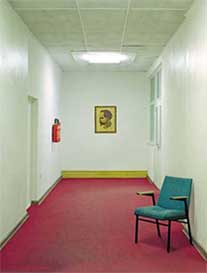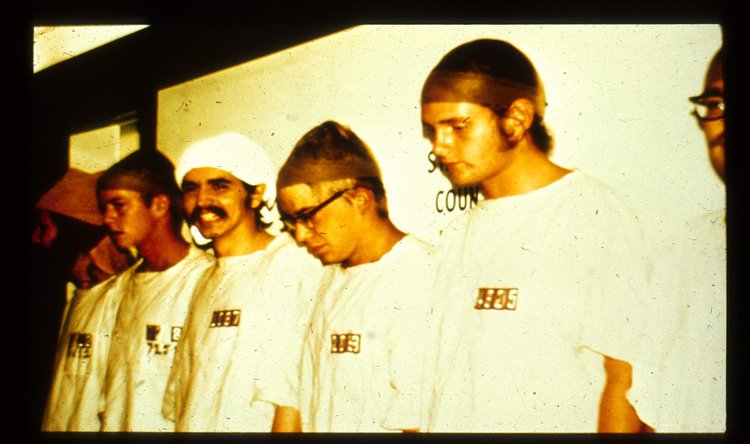Stasi Chic
/ When I lived and traveled in Eastern Europe after the Berlin Wall came down, I was captivated by the interior design of utilitarian minimalism that pervaded the former East Bloc.
When I lived and traveled in Eastern Europe after the Berlin Wall came down, I was captivated by the interior design of utilitarian minimalism that pervaded the former East Bloc.
Whether in Slovakia or Bulgaria or Moscow, there was something so ubiquitous and clean about the architecture of dictatorship.
From We Make Money Not Art:
Daniel & Geo Fuchs have documented the architectural legacy left by the former GDR’s Ministry for State Security (Stasi), the main security and intelligence organization of the German Democratic Republic (East Germany).
The Stasi had nearly 90,000 official workers and 170,000 unofficial collaborators in a country with a population of 16 million. The organization was dissolved 18 years later, yet some of these sites have remained practically as they were.
The photographs show the rooms that the Stasi used to interrogate prisoners; prison cells for political prisoners; the offices of the minister for State Security; bunkers; and the files stored by the Stasi Documentation Office in Berlin - endless stacks of protocols generated by control and espionage, division and corruption – witnesses of the total control of a regime that clung to power for over 40 years.
The images are on show at La Virreina in Barcelona until July 1. Images.










